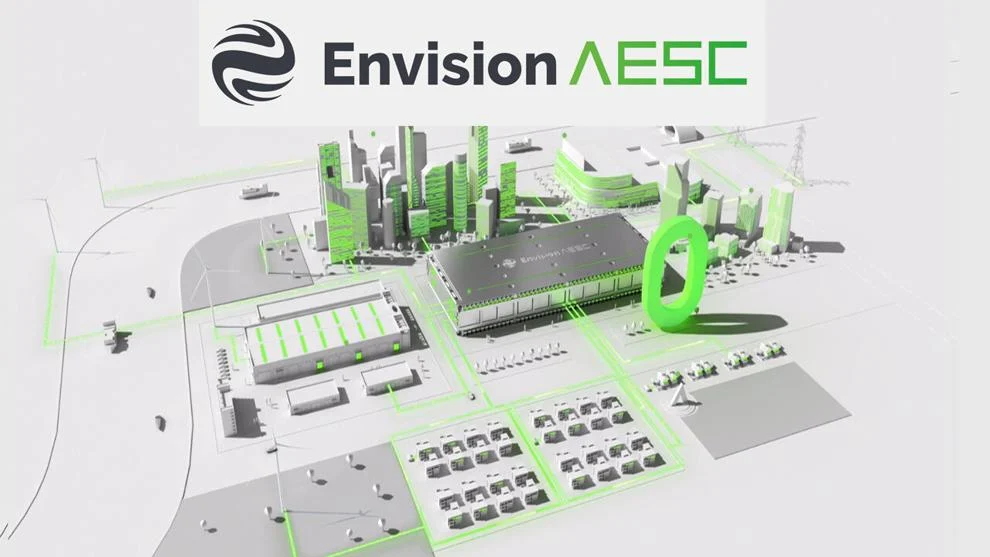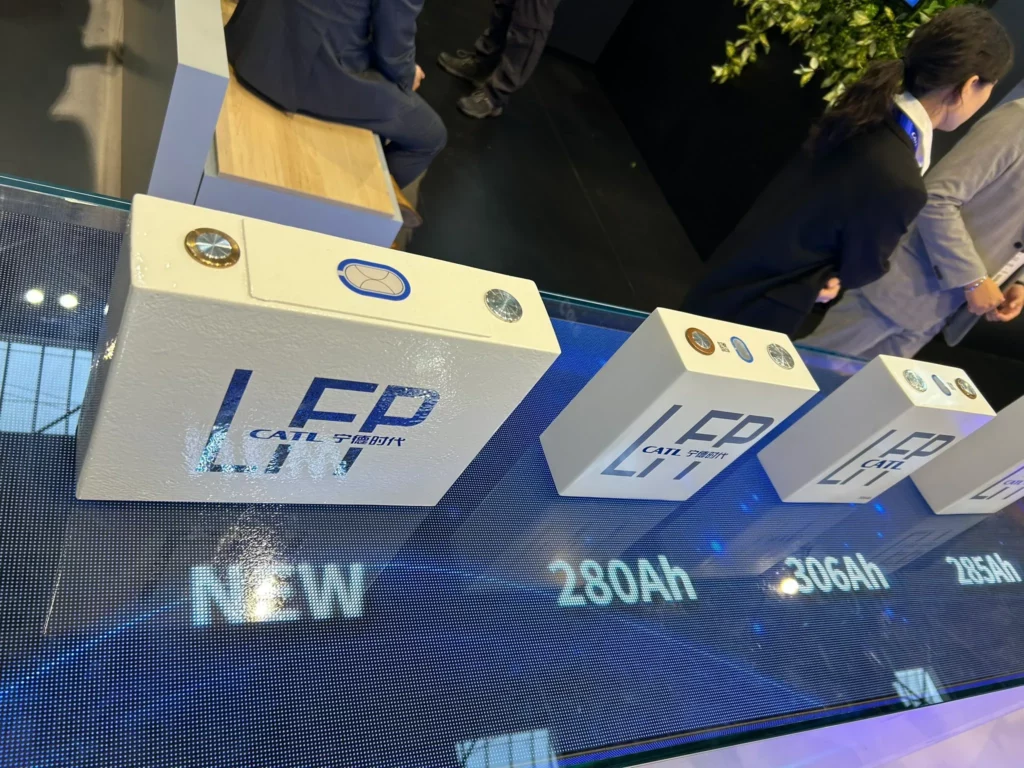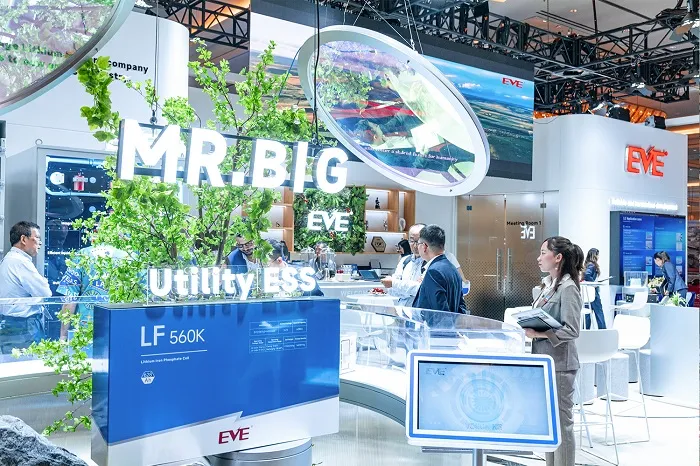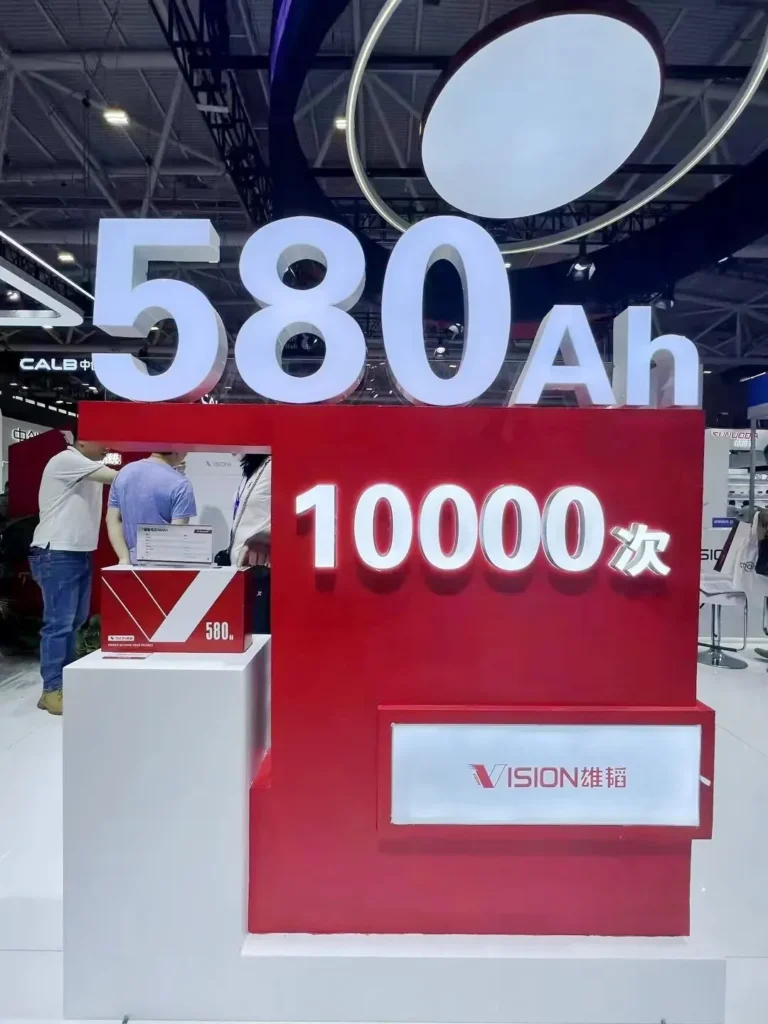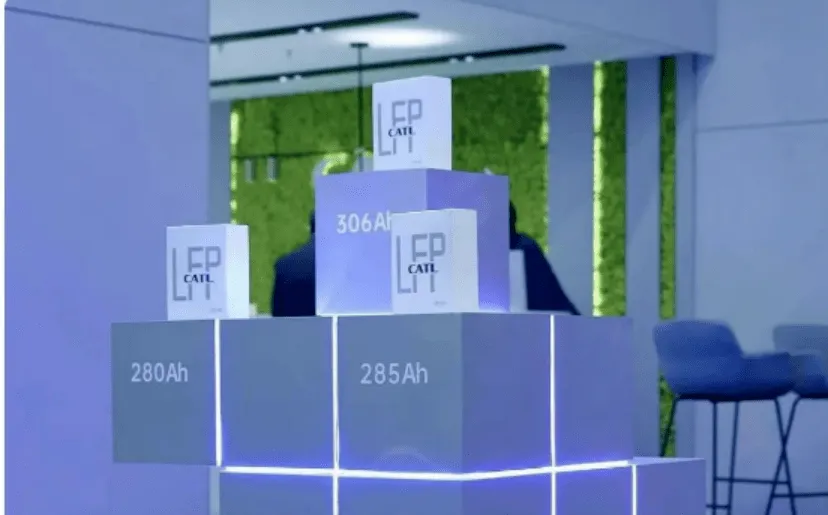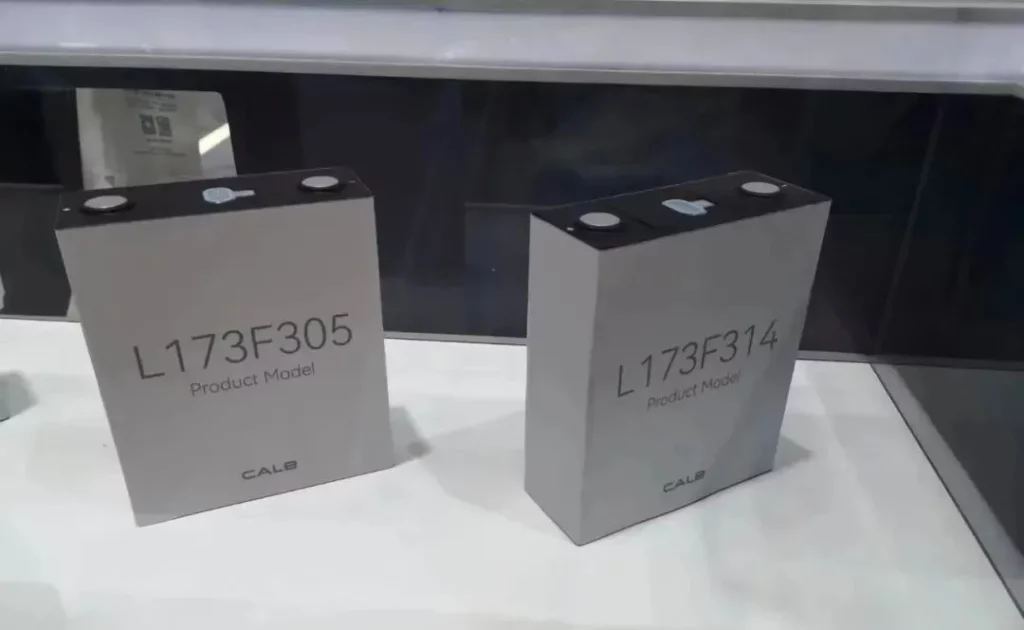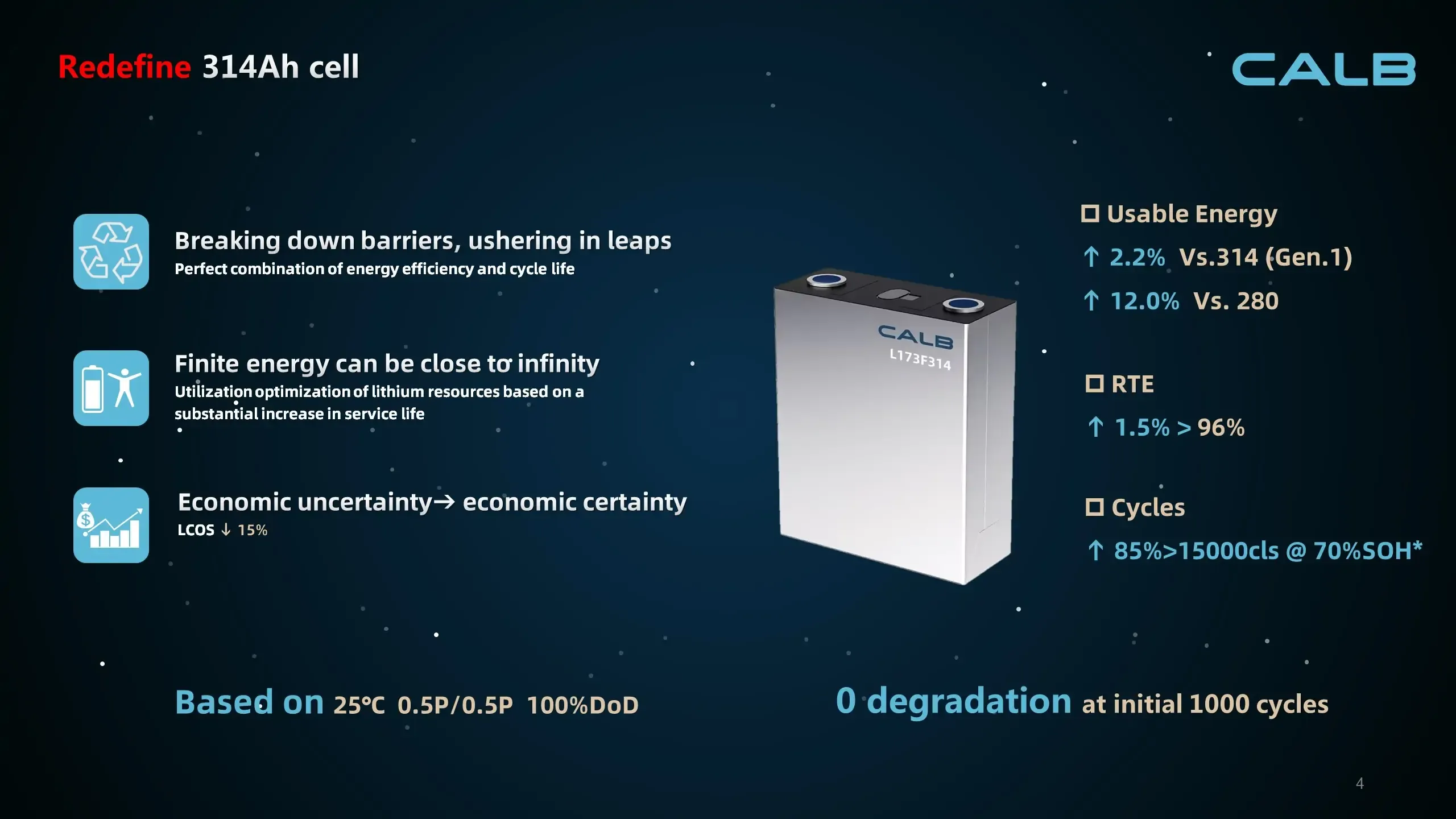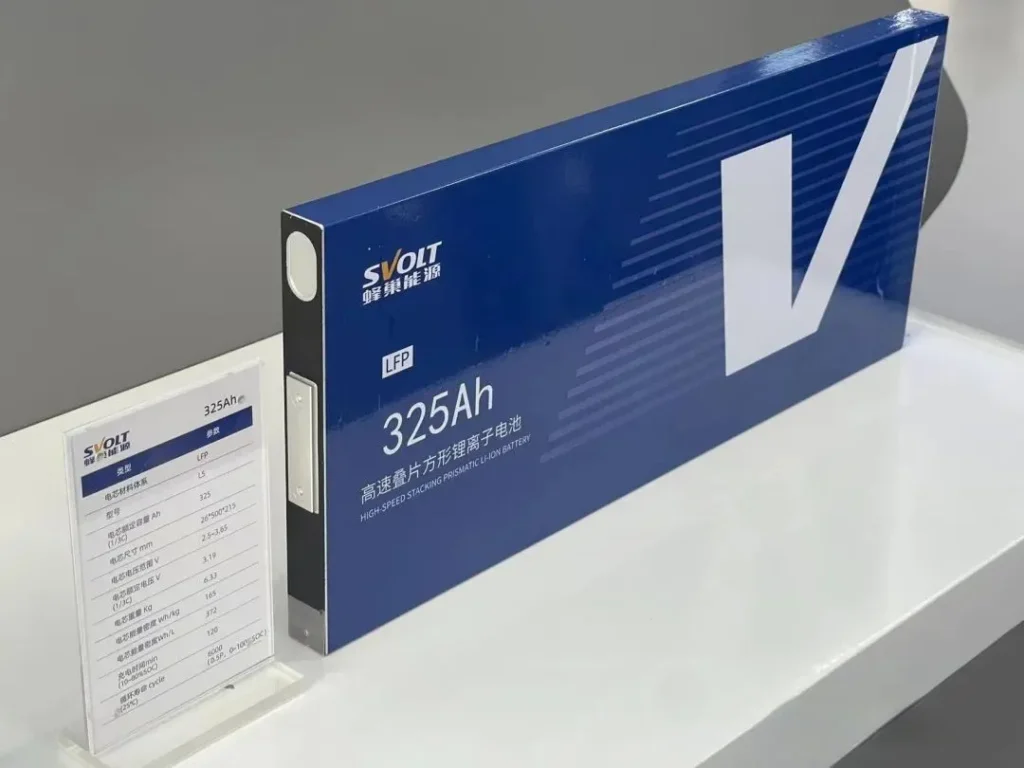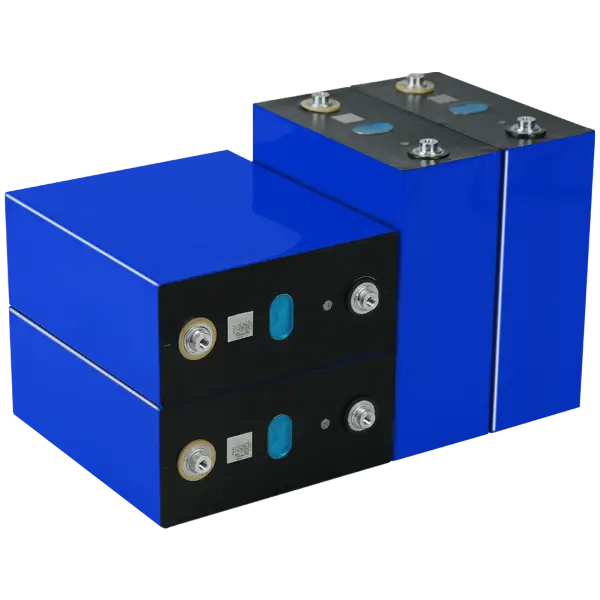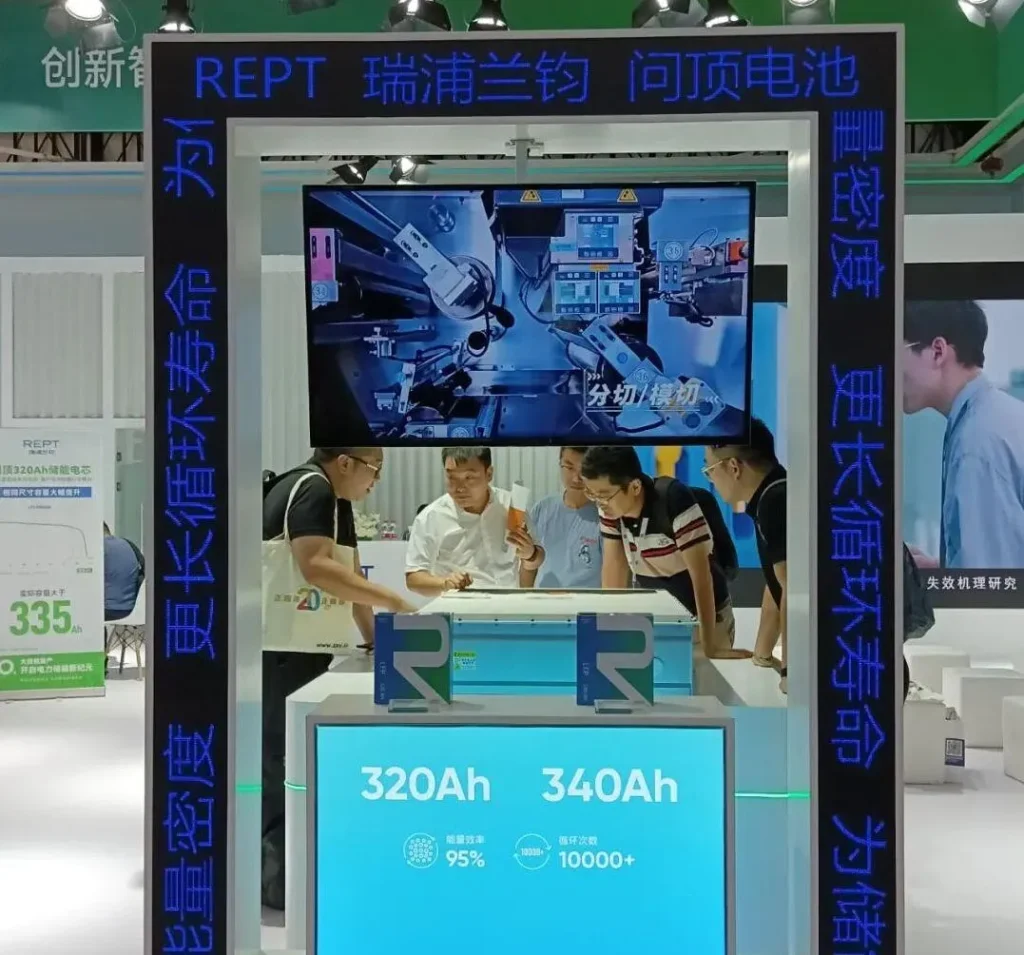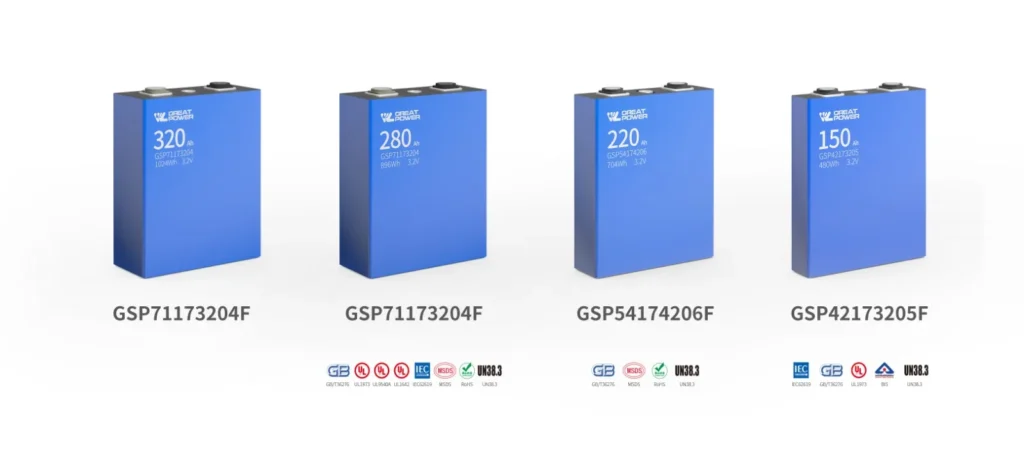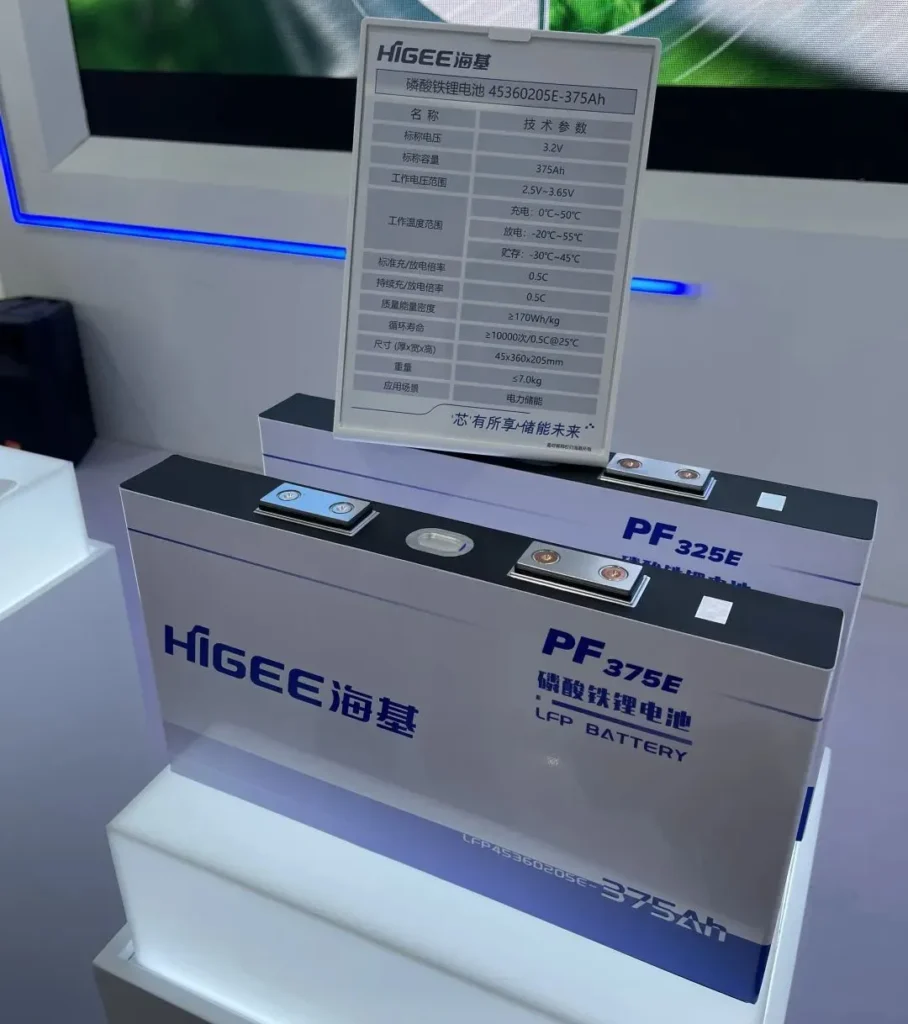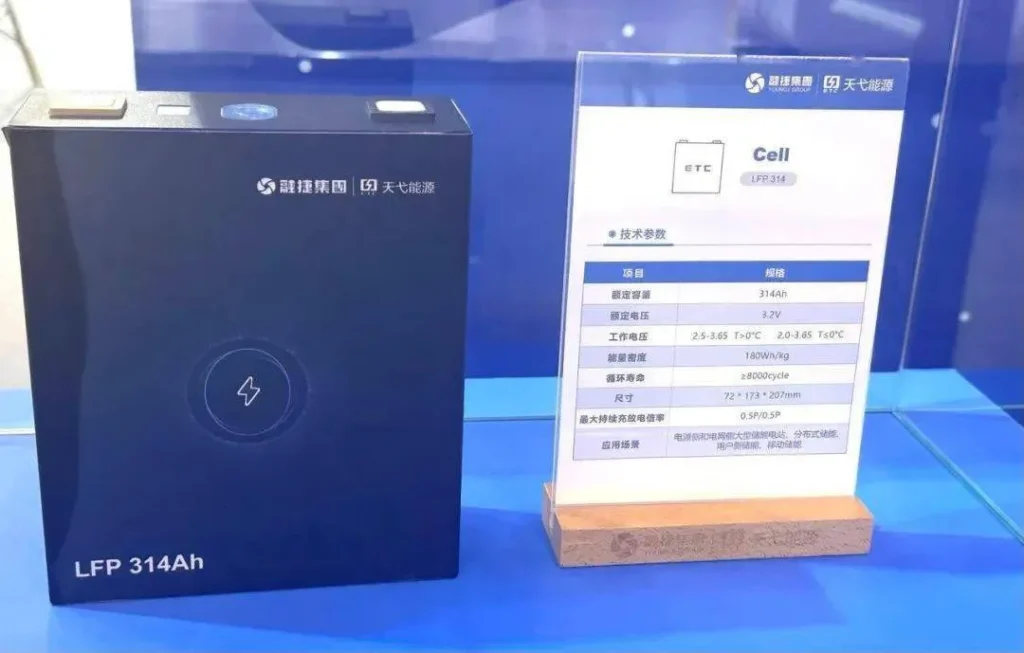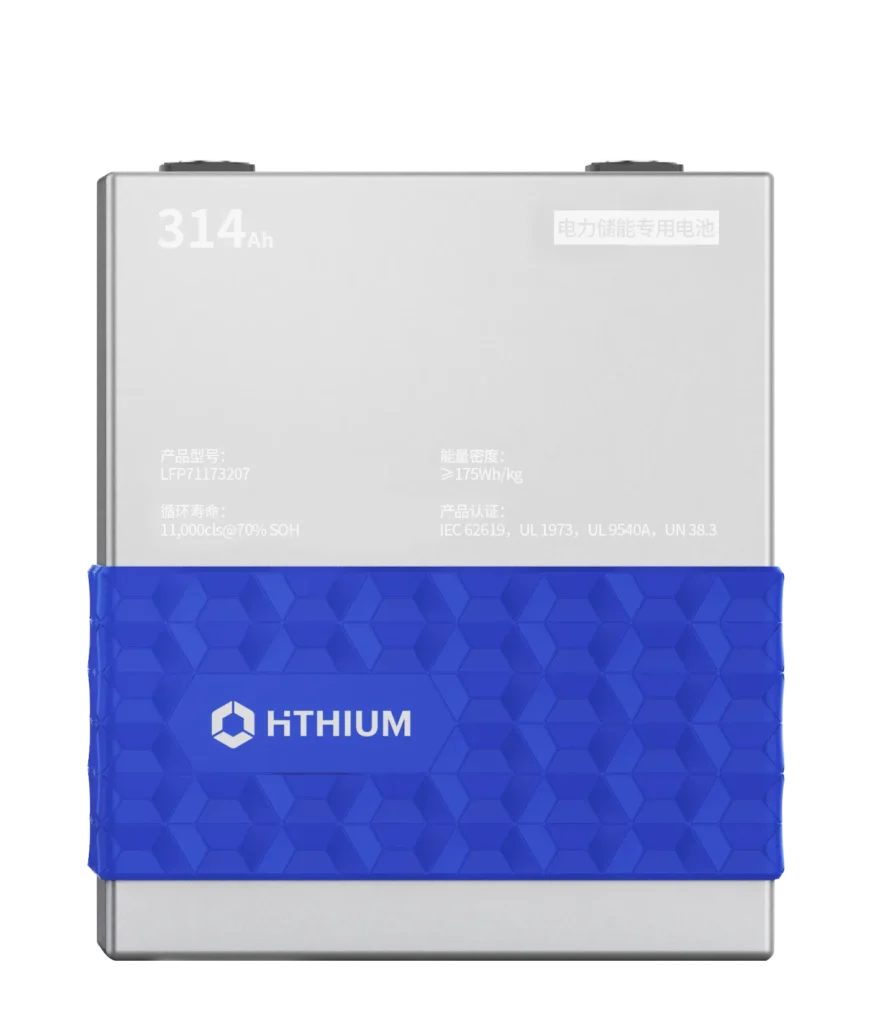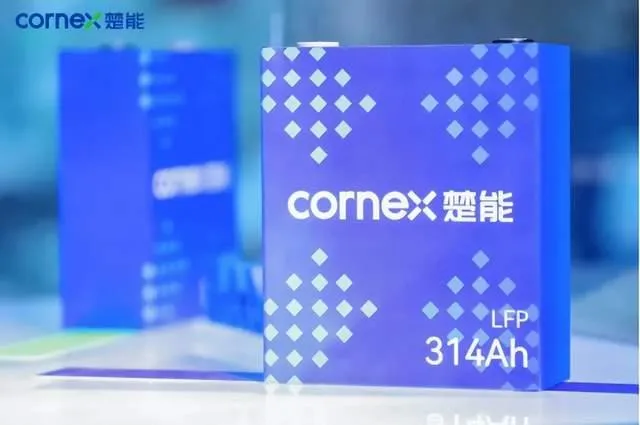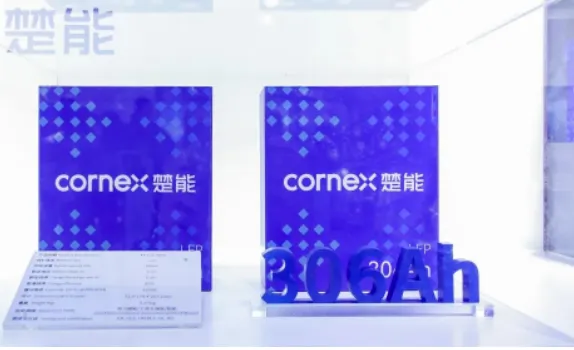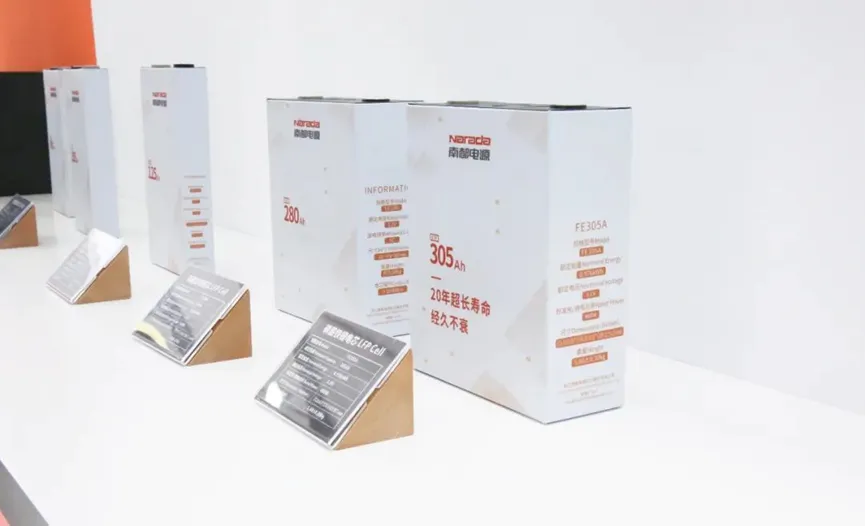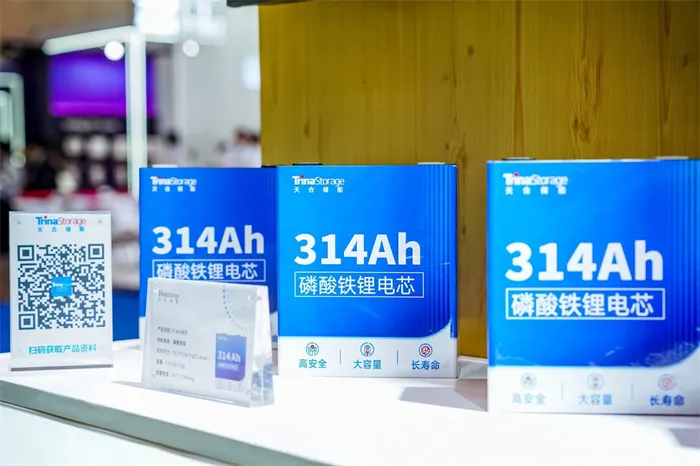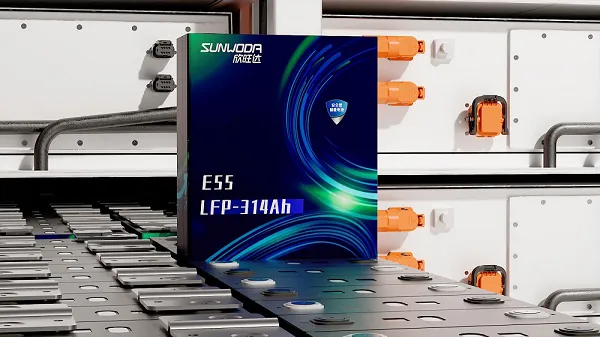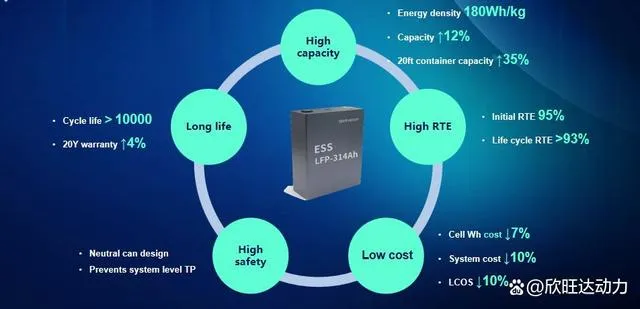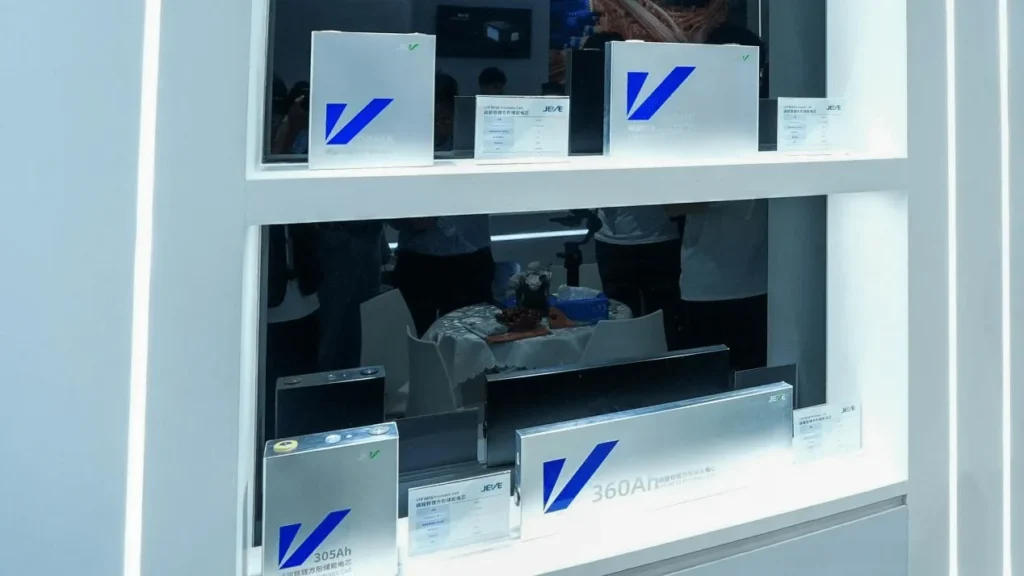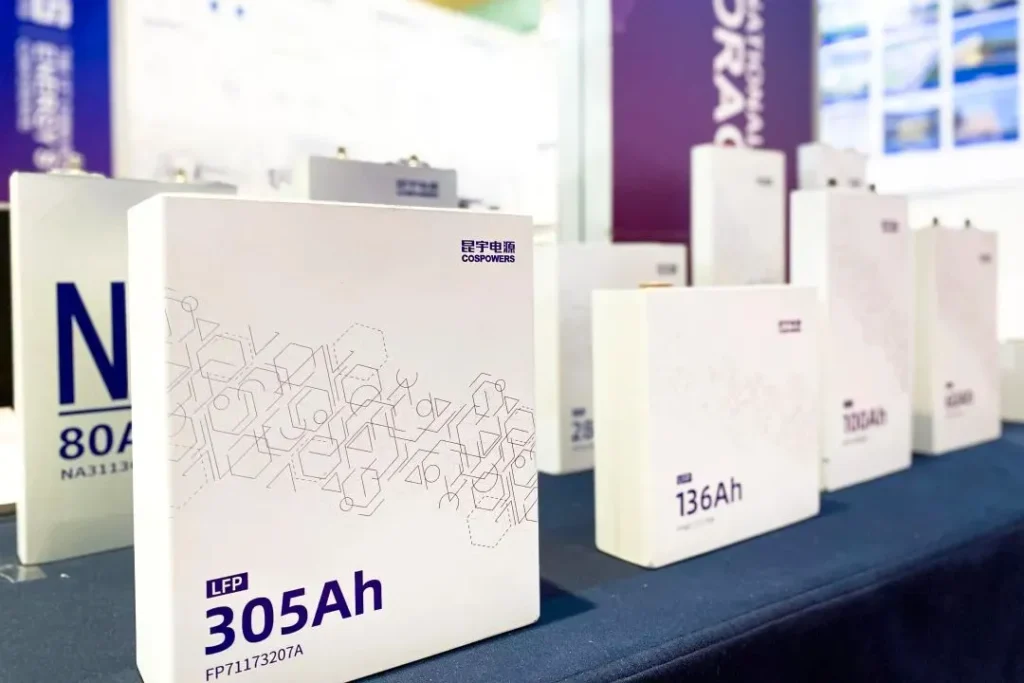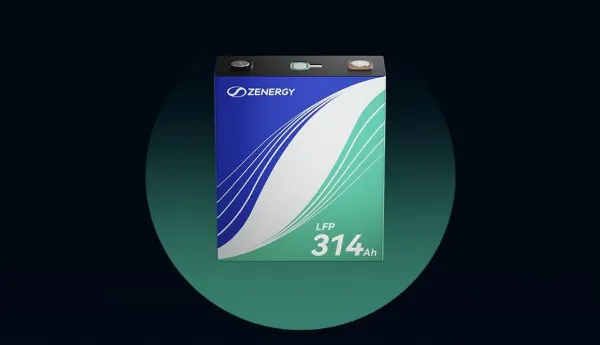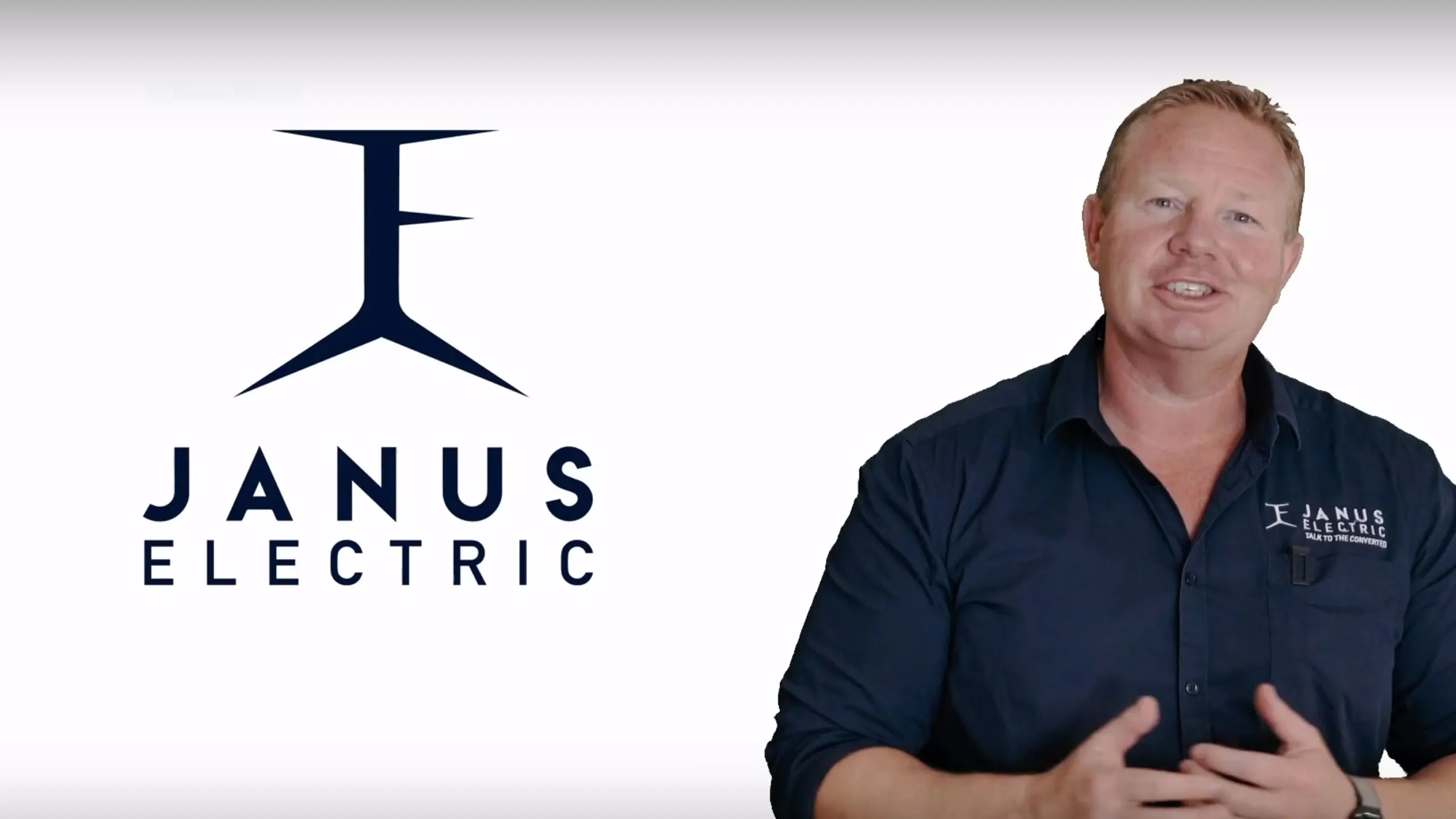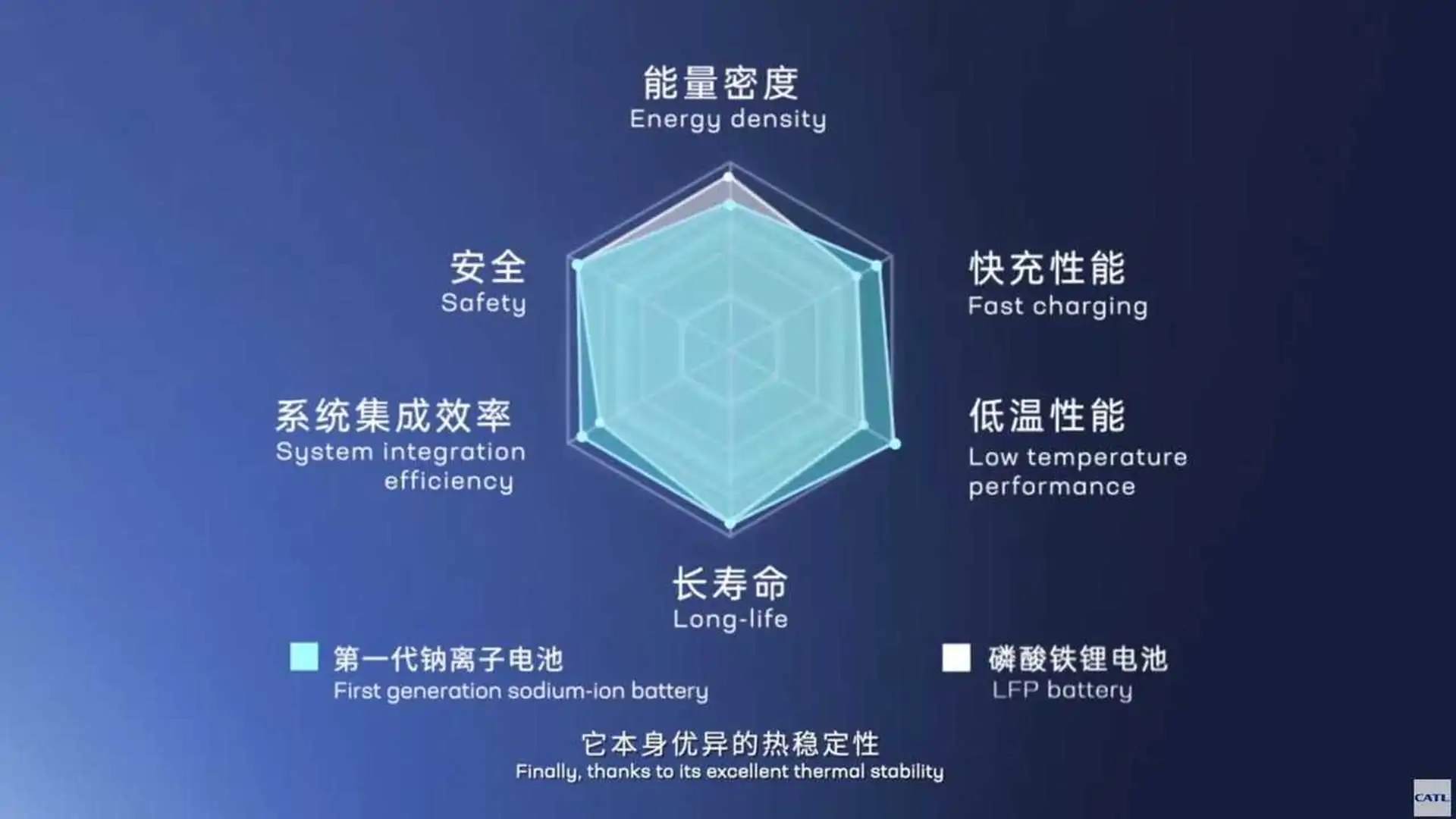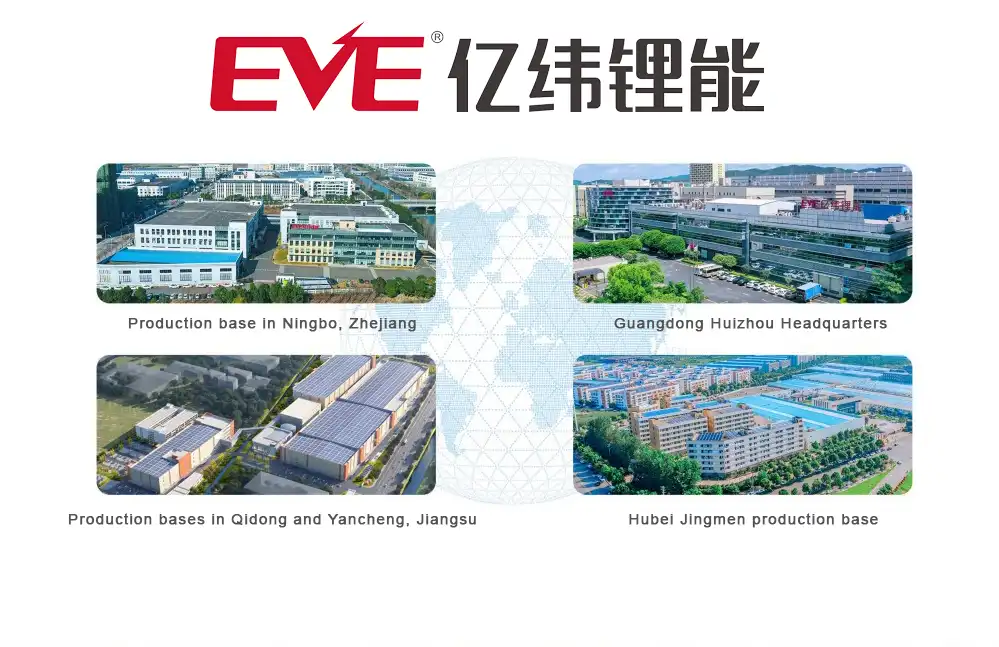Kings vs Voltx Lithium Battery
Kings Vs VoltX Lithium Battery
Published: December 26, 2023 | Updated: March 1, 2025
Lithium Iron Phosphate (LiFePO4) batteries have become a game-changer for off-grid enthusiasts, campers, and 4WD adventurers across Australia. Among the most popular options in 2025 are the Kings 12V 120Ah Lithium LiFePO4 Battery and the VoltX 12V 100Ah LiFePO4 Basic Lithium Battery. Both are affordable, reliable, and widely available, but they cater to slightly different needs. Let’s dive into an updated comparison to help you decide which one suits your setup best.

Kings 120Ah Lithium LiFePO4 Battery Review
The Kings 12V 120Ah Lithium LiFePO4 Battery, offered by 4WD Supacentre, remains a staple for those seeking a dependable, budget-friendly energy solution in 2025. Here’s what it brings to the table:
Key Features:
- Capacity: 120Ah – offering a bit more juice than its VoltX counterpart.
- Chemistry: LiFePO4 with prismatic cells (approx. 3000-cycle rating individually, though pack performance varies).
- Weight: Approximately 15kg – lightweight compared to AGM alternatives.
- Cycle Life: Rated for 2000+ cycles at 80% depth of discharge (DoD).
- Battery Management System (BMS): Integrated BMS with thermal protection, overload management, and high/low voltage cutoff.
- Connectivity: Supports up to 2 batteries in parallel or 4 in series.
- Warranty: 12 months – very short but price reflects warranty
- Price (2025 Estimate): Around AUD $499 (up from $449 in 2023 due to inflation and supply chain adjustments).
Pros:
- Larger 120Ah capacity means more runtime for power-hungry setups.
- Widely available through 4WD Supacentre’s extensive retail network, offering easy customer support.
- Solid BMS ensures safety and reliability for off-grid use.
- Great value for the price – still one of the cheapest LiFePO4 options per Ah in 2025.
Cons:
- No Bluetooth or app-based monitoring – a basic battery with no frills.
- 12-month warranty is shorter than premium brands (though fair for the cost).
- Some users report variability in long-term performance, possibly due to non-automotive-grade cells.
Best For:
Campers, boaters, or overlanders who need a reliable, no-nonsense battery for off-grid adventures without breaking the bank. In 2025, it’s still a top pick for those prioritizing capacity over advanced features.
Recommendation: We 100% recommend the Kings 120Ah for budget-conscious users who don’t need fancy extras. There are better batteries out there, but few match this price-to-performance ratio.
VoltX 12V 100Ah LiFePO4 Basic Lithium Battery Review

Key Features:
The VoltX 12V 100Ah LiFePO4 Basic Lithium Battery, sold by Outbax, continues to impress with its simplicity and performance in 2025. Here’s the latest rundown:
- Capacity: 100Ah – slightly less than the Kings but still ample for most light applications.
- Chemistry: LiFePO4 with A-grade prismatic cells.
- Weight: Around 11kg – lighter than the Kings, making it easier to move.
- Cycle Life: Advertised at 4000 cycles (though real-world testing suggests 2000-3000 cycles at 80% DoD).
- Battery Management System (BMS): Integrated BMS protects against overheating, overcharging, and short circuits.
- Connectivity: Officially not recommended for parallel/series connections, though some users report success with parallel setups.
- Warranty: 36 months – a big step up from Kings.
- Price (2025 Estimate): Around AUD $429 (up from $399 in 2023, reflecting market trends).
Pros:
- Lightweight and compact – ideal for portable setups.
- Longer 36-month warranty offers peace of mind.
- Positive user feedback for reliability, especially with solar charging.
- Outperforms AGM batteries in charging speed and weight.
Cons:
- 100Ah capacity limits its use for larger setups compared to the Kings.
- No Bluetooth or advanced monitoring – like the Kings, it’s a basic battery.
- Mixed messaging on parallel/series connections could confuse users.
User Feedback (Updated for 2025):
- Richard B. (Adelaide, SA): “Still faultless after 18 months. Runs my 40L and 60L fridges for days via solar. Best bang for buck in 2025.”
- Anonymous (VIC): “Perfect for my off-grid cabin. Charges fast and weighs next to nothing compared to my old AGM.”
- Tom H. (QLD): “Outlasts my old lead-acid by miles. Two years in, and it’s still going strong.”
Best For:
Light off-grid applications like small fridges, LEDs, or solar-powered setups where portability and warranty matter more than raw capacity.
Head-to-Head Comparison (2025)
Feature | Kings 120Ah | VoltX 100Ah |
|---|---|---|
Capacity | 120Ah | 100Ah |
Weight | ~15kg | ~11kg |
Cycle Life | 2000+ cycles | 2000-3000 cycles |
BMS | Yes (basic) | Yes (basic) |
Connectivity | 2 parallel / 4 series | Not recommended |
Warranty | 12 months | 36 months |
Price (2025) | ~AUD $499 | ~AUD $429 |
Availability | 4WD Supacentre (online and retail stores) | Outbax (online-focused) |
Key Differences in 2025:
- Capacity: Kings wins with 120Ah vs. VoltX’s 100Ah – a 20% edge for bigger loads.
- Weight: VoltX is lighter by 4kg, a bonus for portability.
- Warranty: VoltX’s 36 months trumps Kings’ 12 months, appealing to long-term users.
- Price: Kings is slightly more expensive, but you get more capacity per dollar.
- Support: Kings’ physical stores offer an edge over VoltX’s online-only model.
Which Should You Choose in 2025?
- Choose Kings 120Ah if:
- You need more capacity for larger fridges, inverters, or multi-day trips.
- You value in-person support and availability at 4WD Supacentre locations.
- Budget is tight, and you’re okay with a shorter warranty.
- Choose VoltX 100Ah if:
- Portability and lighter weight are priorities.
- You want a longer warranty for peace of mind.
- Your setup doesn’t demand more than 100Ah (e.g., small solar or camping rigs).
Final Thoughts
In 2025, both the Kings 120Ah and VoltX 100Ah LiFePO4 batteries remain solid choices for budget-conscious Aussies ditching lead-acid batteries. Neither offers Bluetooth or premium features, but they deliver where it counts: reliable power at a fair price. Kings edges out for capacity and retail presence, while VoltX shines with its warranty and portability.
For most casual users, the Kings 120Ah is our top pick unless the VoltX’s lighter weight or longer warranty sways you. Either way, you’re getting a dependable LiFePO4 battery that’ll outlast AGM options every day of the week.

